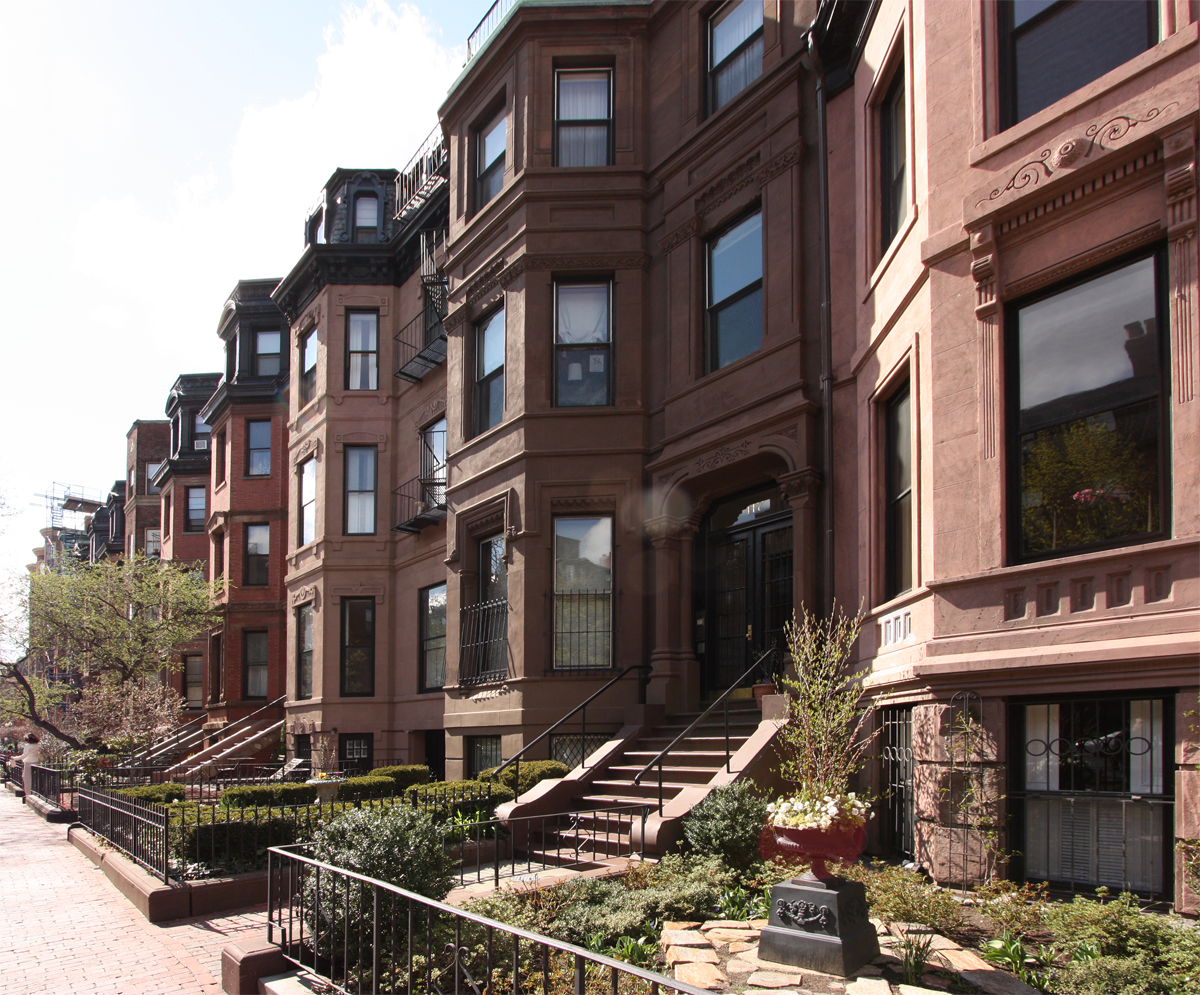Strategies to tackle wicked problems
Wicked problems defy a traditional approach to problem solving in which problems are defined, analyzed, and overcome in discrete, sequential, and logical steps because there is never a clear, concise, and complete definition of a wicked problem. There are three strategies to cope with wicked problems:
Authoritative
These strategies seek to tame wicked problems by vesting the responsibility for solving the problems in the hands of a few people. The reduction in the number of stakeholders reduces problem complexity, as many competing points of view are eliminated at the start. The disadvantage is that authorities and experts charged with solving the problem may not have an appreciation of all the perspectives needed to tackle the problem.
Competitive
These strategies attempt to solve wicked problems by pitting opposing points of view against each other, requiring parties that hold these views to come up with their preferred solutions. The advantage of this approach is that different solutions can be weighed up against each other and the best one chosen. The disadvantage is that this adversarial approach creates a confrontational environment in which knowledge sharing is discouraged. Consequently, the parties involved may not have an incentive to come up with their best possible solution.
Collaborative
These strategies aim to engage all stakeholders to find the best possible solution for all. Typically these approaches involve meetings in which all parties have equal standing and all issues and ideas are discussed and thoroughly understood before a common approach is formulated for implementation. I believe that only a collaborative approach truly offers the best opportunities for successful engagement of urban design problems.
In a 1972 paper, Rittel hints at a collaborative approach; one which attempts, "…to make those people who are being affected into participants of the planning process . They are not merely asked but actively involved in the planning process…" In her 2000 paper, Nancy C. Roberts, Professor in the School of Information Sciences at the Naval Postgraduate School in Monterey, California, says of solutions to wicked problems, “We learn to take care in attempting to tame wicked problems by turning them over to experts or some center of power for definition and solution. If we are truly dealing with wicked problems when no one is “in control,” then it is unlikely that the experts and leaders will be able to act unilaterally to define the problems and their solutions. In fact, their insistence in doing so may impede the problem solving process. We learn that wicked problems are socially defined so that getting the “whole system in the room” to enable people to learn from one another is very useful.” In other words, a collaborative and inclusive approach will yield better, more intelligent, more robust solutions to our wicked problems.
Hypothesis:
If the fundamental purpose of cities is to maximize social, cultural, and economic exchange, then we must change the way that we design our streets. We’ve been defaulting to the authoritative approach for the design of our streets for too long. We’ve been giving the design of these important parts of our public realm to our “experts” who apply their knowledge, tools, and training to their design at the expense of place. The tools that we are currently using to illustrate street design results in a street network that:
- prioritizes the free flow of automobiles;
- is resource intensive or wasteful – both initially and long-term;
- contributes to our sedentary lifestyle and the chronic diseases that arise from it;
- unfairly burdens both the young, the old, the poor and people of color; and
- diminishes the social, cultural, and economic exchange that we seek.
Streets in our cities serve two essential functions: to connect people to destinations and to be places in and of themselves. When we design to connect people to these destinations, we seem to plan for destinations that are too far apart to make effective use of walking, biking, or transit as alternatives to the automobile. Yet, more than half of all trips in the United States are three miles or less; forty percent of all trips are two miles or less; and nearly thirty percent of all trips are one mile or less. Yet we design our streets as if every trip was a marathon and every second of delay counts significantly. Melvin Webber, one of the authors of the wicked problem, in the 1960’s decried the “non-place urban realm” which he felt was used to legitimize the domination of the automobile over public transportation and the pedestrian.
















































